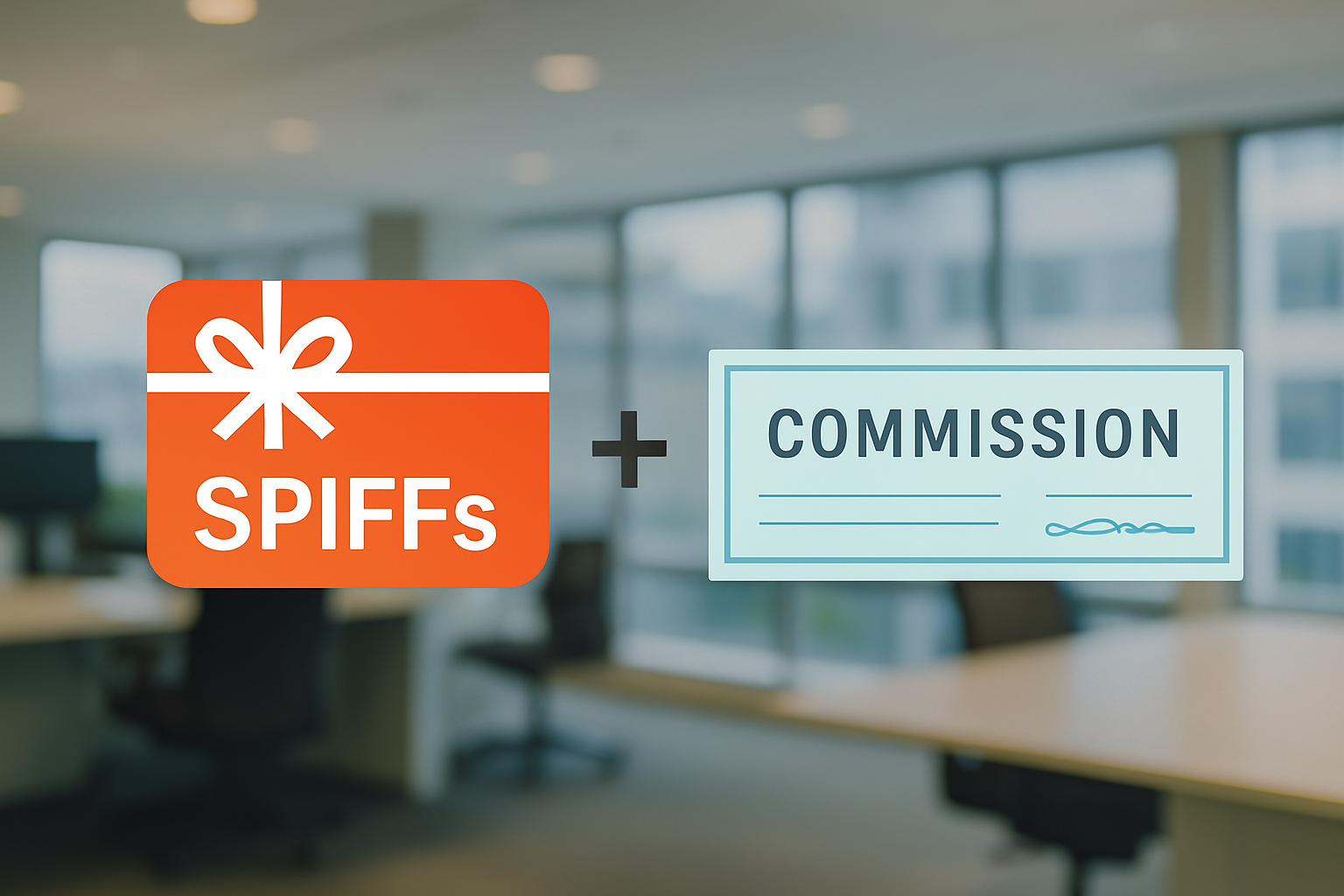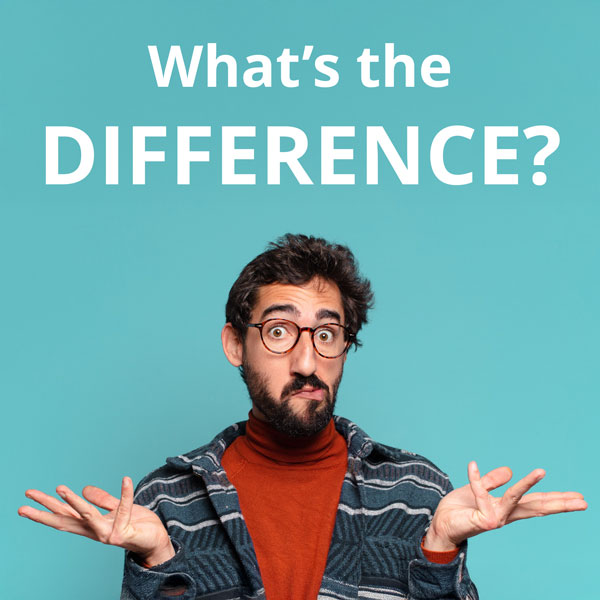
Incentives play a pivotal role in motivating sales teams, but not all incentive types are created equal. SPIFFs (Sales Performance Incentive Funds) and commissions are two popular methods organizations use to encourage reps to close more deals. While these concepts may overlap, they serve different purposes and can yield very different outcomes. In this short guide, we’ll clarify the key differences between SPIFFs and commissions—and help you decide when to use each one.
For a deeper exploration of designing effective SPIFF programs, check out our: “The Ultimate Guide to SPIFF Programs: Boosting Sales Performance”.
Definitions at a Glance

SPIFFs
- Short-Term Focus: Typically run for a few days or weeks to push immediate sales goals (e.g., moving excess inventory, launching a new product).
- Flexible Reward Structures: Incentives range from cash or gift cards to prepaid debit rewards or exclusive experiences.
- Immediate Impact: Reps see a quick boost in motivation because SPIFFs often deliver faster payouts.
Commissions
- Long-Term or Ongoing: Calculated as a percentage of each sale or contract.
- Predictable Framework: Usually part of a formal compensation plan; reps know their commission rates from the start.
- Steady Motivation: Commissions provide consistent earnings potential but may not drive short, intense bursts of activity.
Primary Use Cases

SPIFFs
- Seasonal Push: Clearing end-of-season products quickly.
- New Product Launch: Encourage reps to prioritize demos and close deals for a newly introduced line.
- Slow Period Boost: Stimulate activity during typically quiet months.
Commissions
- Ongoing Sales Model: Ideal for business-as-usual selling across various products.
- High-Ticket or Complex Sales: Encourages reps to nurture leads over a longer cycle since their commission scales with the deal size.
- Baseline Compensation Strategy: Forms a significant part of the rep’s regular income.
Financial Implications
- Cost Control: A SPIFF campaign can be more budget-friendly if designed with clear goals and set timelines. Once the program ends, so does the associated cost. Commissions, on the other hand, are an ongoing expense tied directly to sales volume.
- ROI Variability: A well-executed SPIFF can deliver a quick surge in revenue; commissions often reward steady, long-term gains. Evaluating which model yields the best return depends on your business goals and sales cycles.
For tips on budgeting, explore “SPIFF Program Budgeting: How to Maximize ROI”.
When to Combine SPIFFs and Commissions

Some companies blend these two approaches to maximize results. For instance, reps might earn a standard commission rate on every sale, plus a short-term SPIFF for pushing a specific product line. This hybrid method provides both consistent earnings and bursts of added motivation.
However, balance is key: Overusing SPIFFs can overshadow your base compensation strategy, while ignoring commissions might discourage reps from nurturing big deals over the long run. To avoid pitfalls, see “Top Mistakes to Avoid When Designing SPIFF Incentives”.
Making the Right Choice
- Sales Cycle Length: Shorter sales cycles often benefit from SPIFFs; longer cycles rely more on commissions.
- Product Strategy: Use SPIFFs to highlight new or slow-moving items; rely on commissions for standard, ongoing sales.
- Team Preferences: Some reps thrive on the excitement of a quick bonus, while others prefer predictable, larger commissions. Survey your team or run a pilot program to gauge effectiveness.
Conclusion
SPIFFs and commissions each serve a distinct purpose in sales compensation. Commissions provide stability and reward consistent performance over time, while SPIFFs offer a short-term, high-impact boost for targeted goals. Understanding when and how to deploy each can help you build a well-rounded sales incentive strategy.
Need to learn more about designing SPIFFs for maximum effect? Don’t Leave Your Incentive Programs to Chance—Partner with All Digital Rewards, Contact Us Today!
